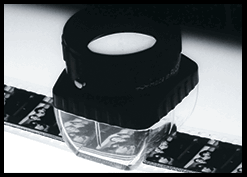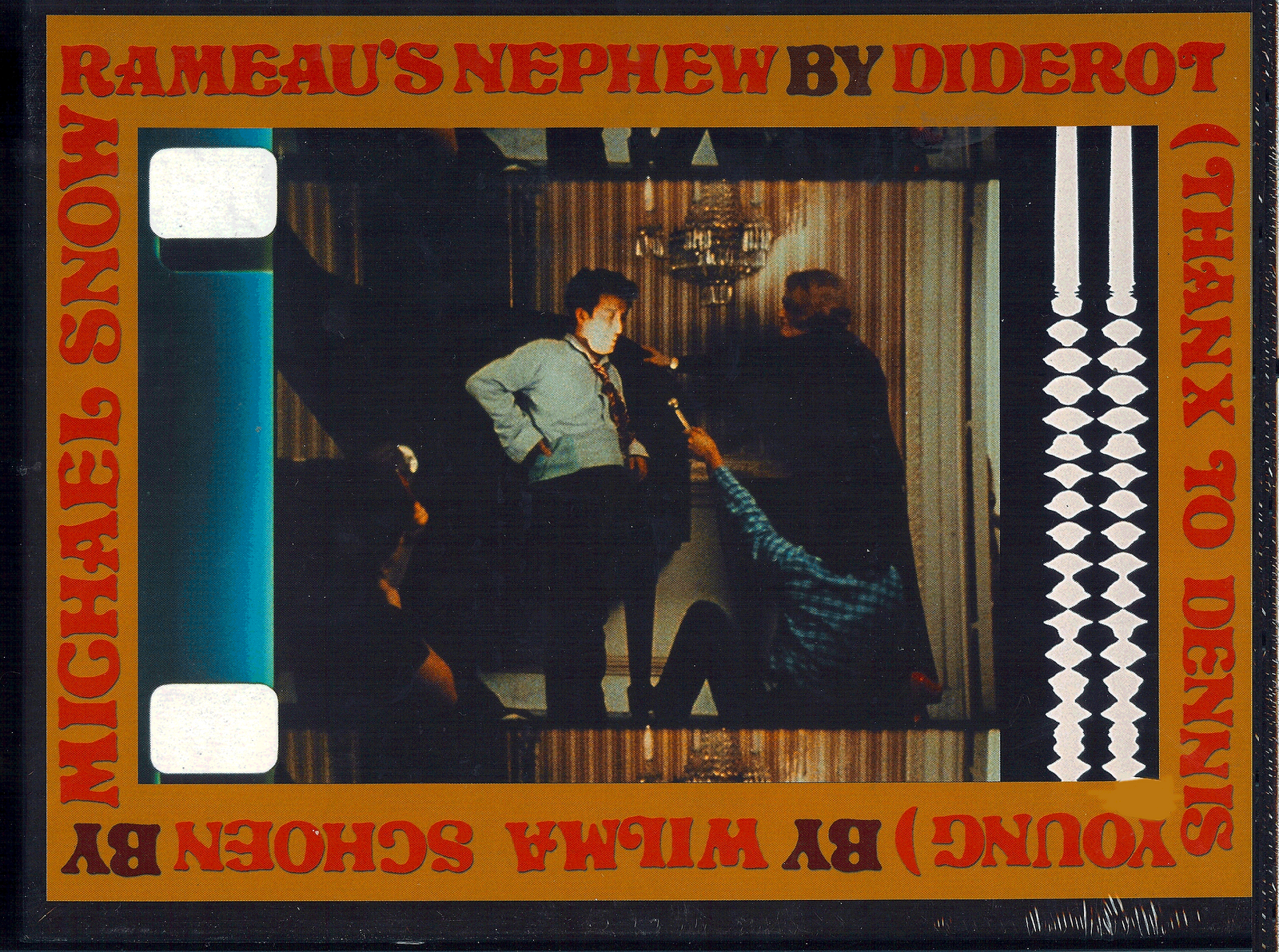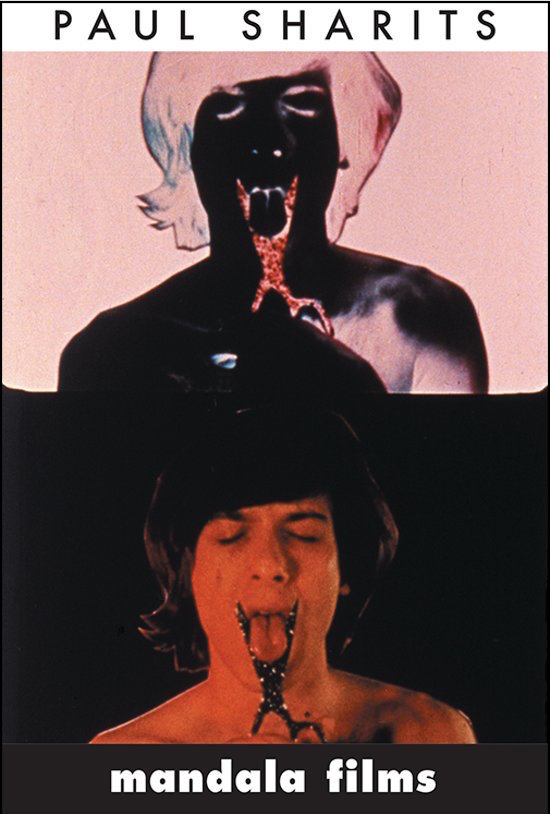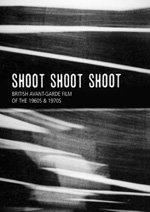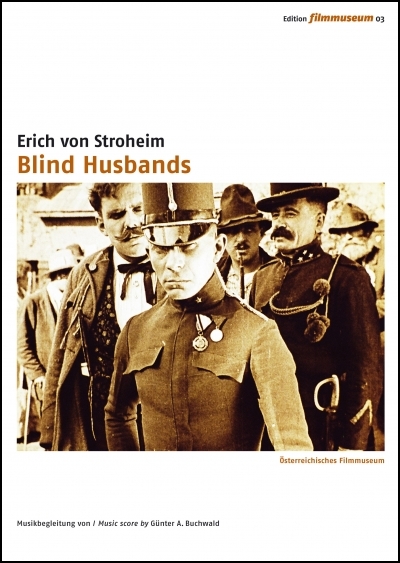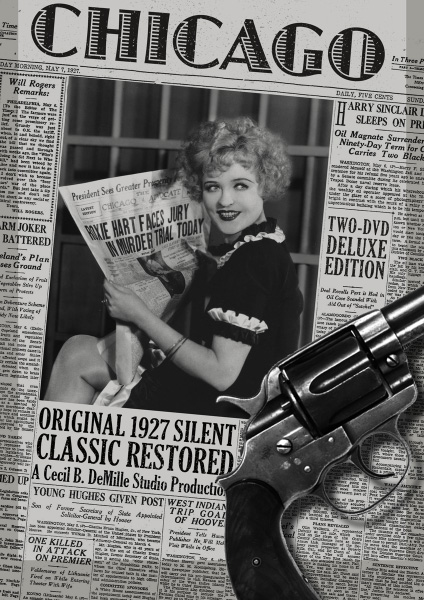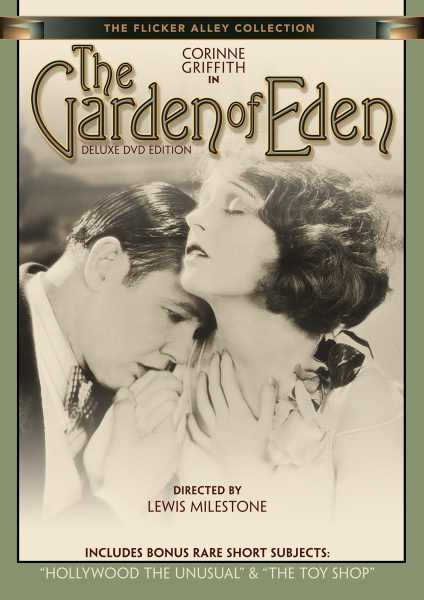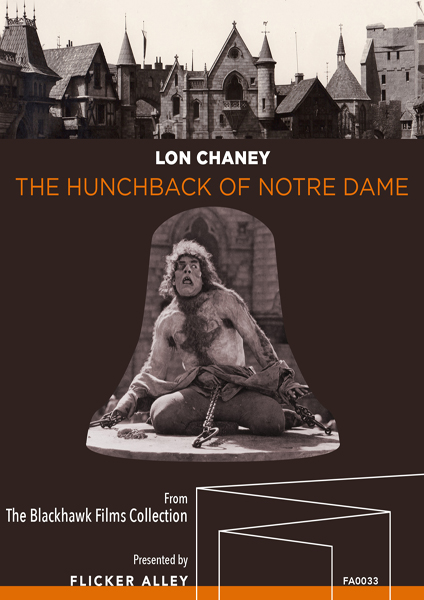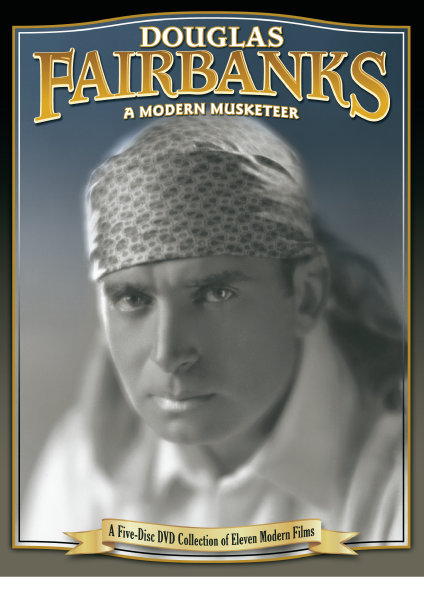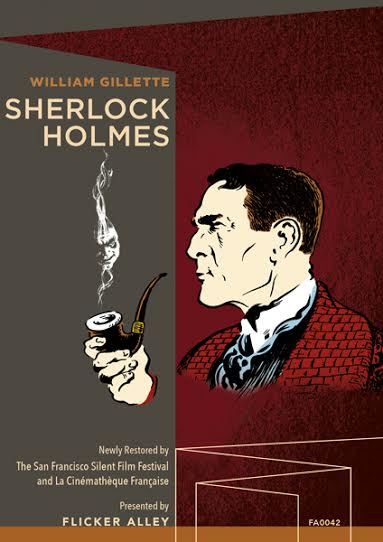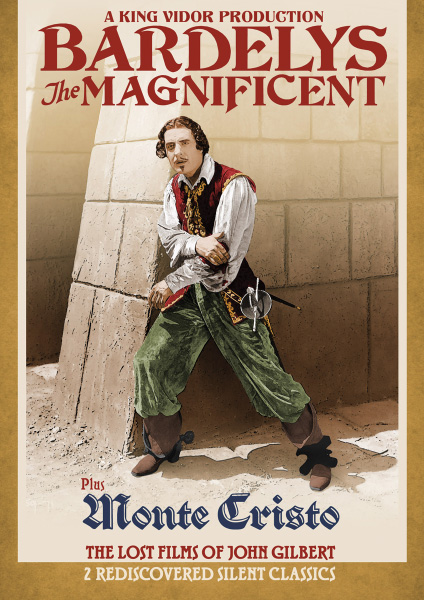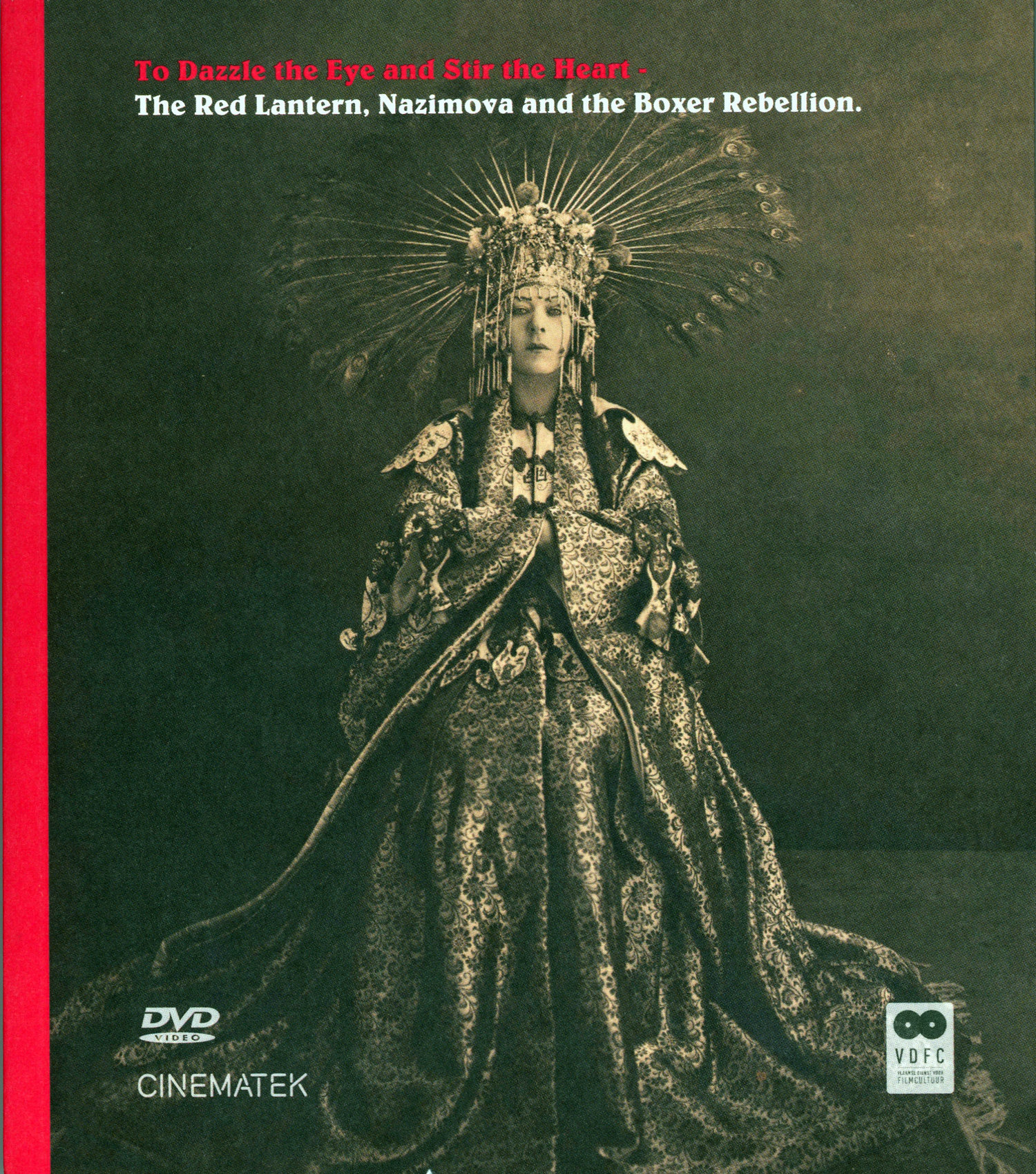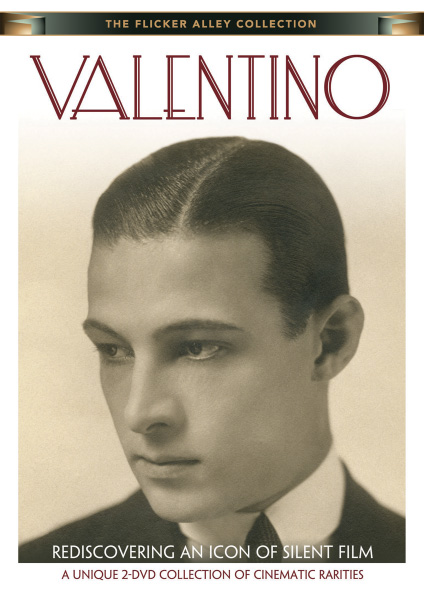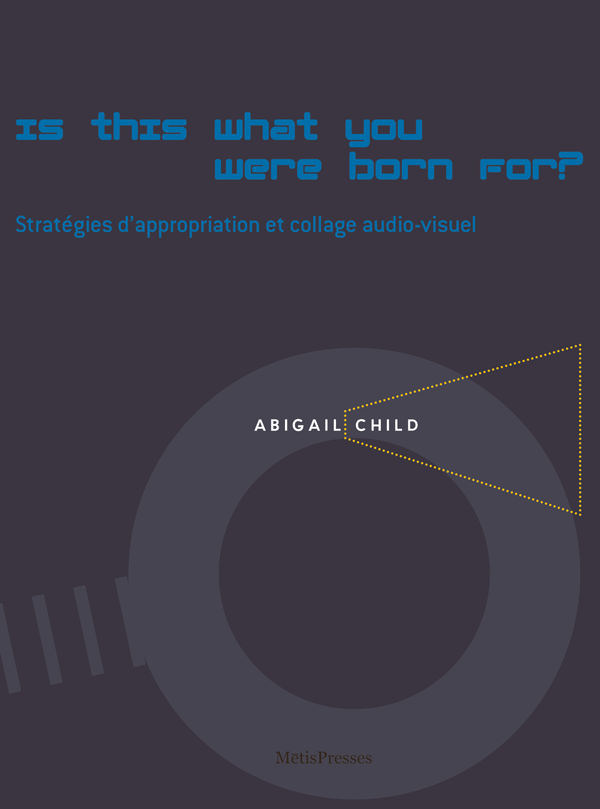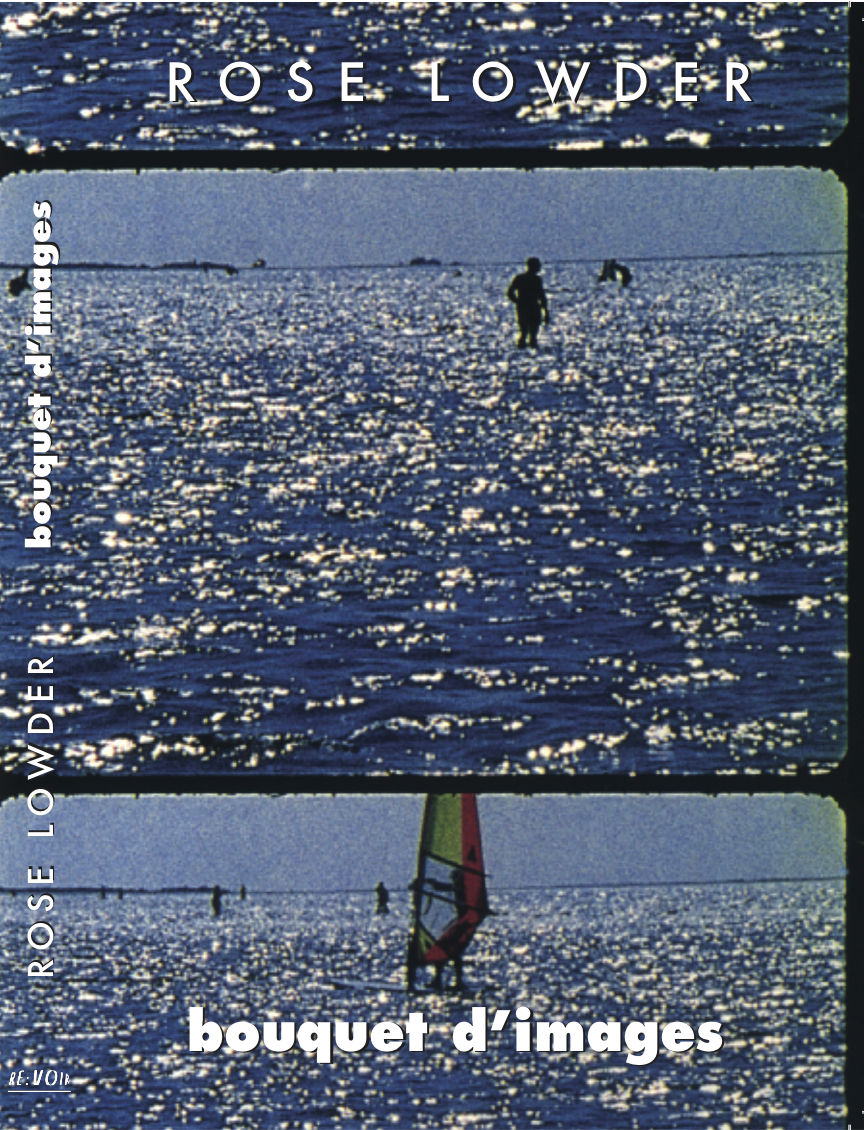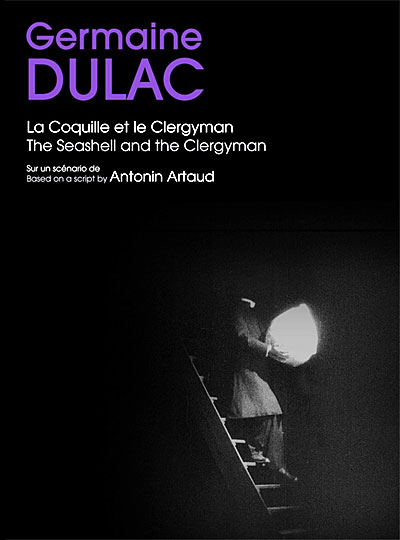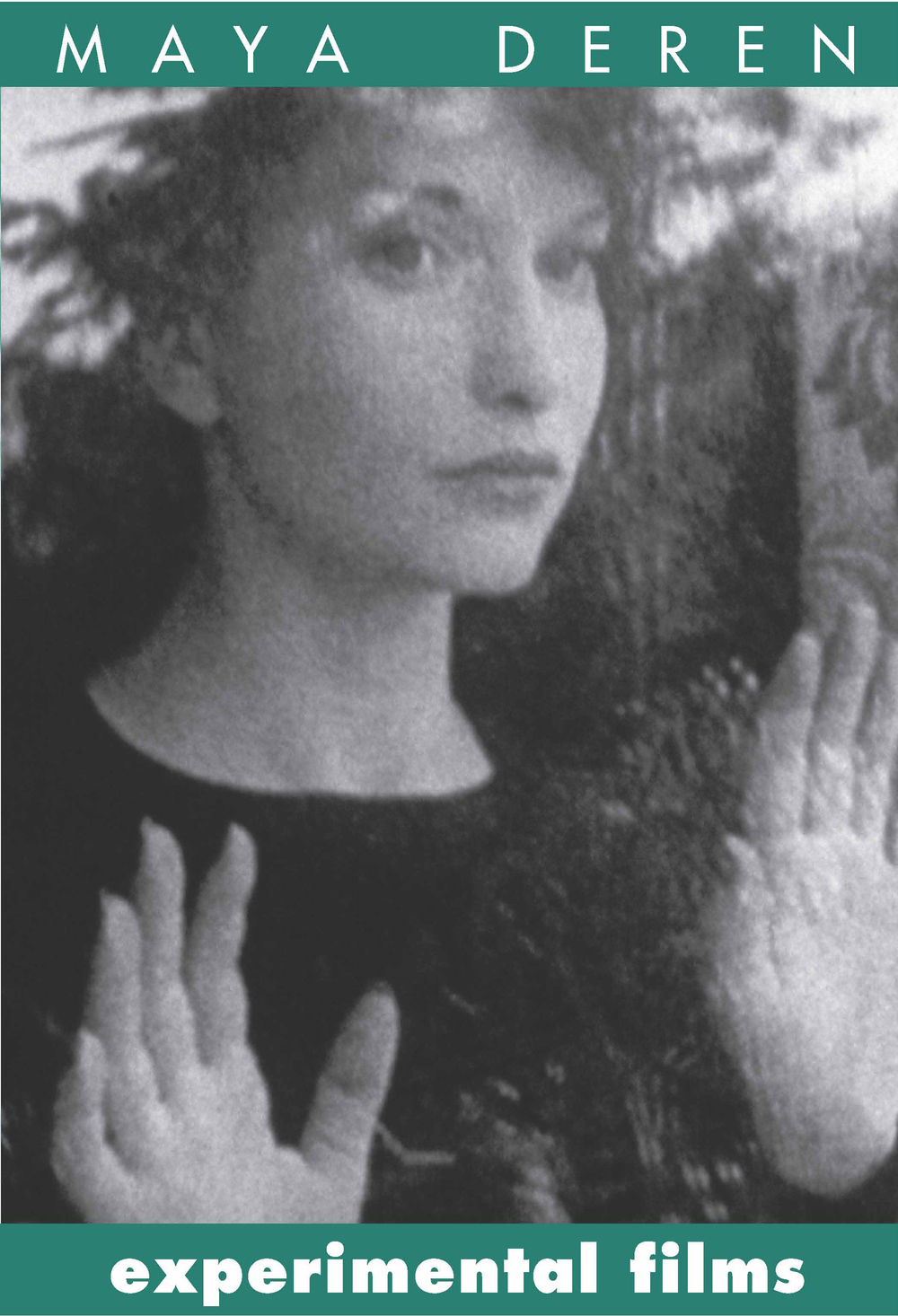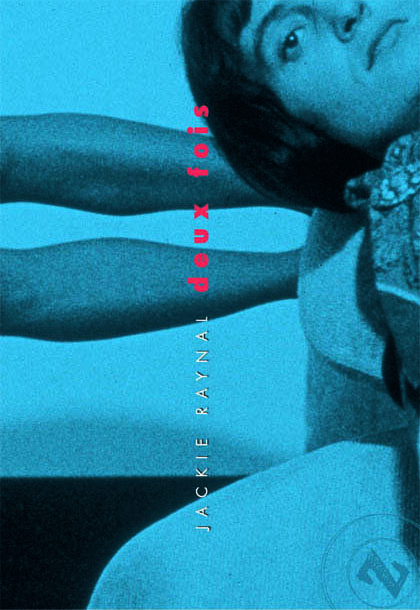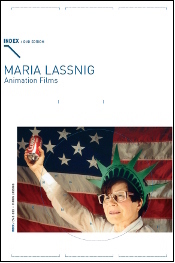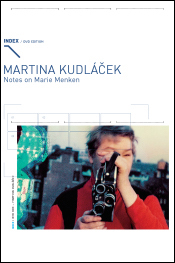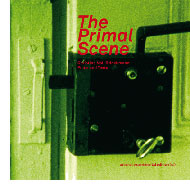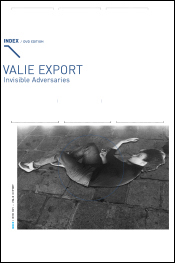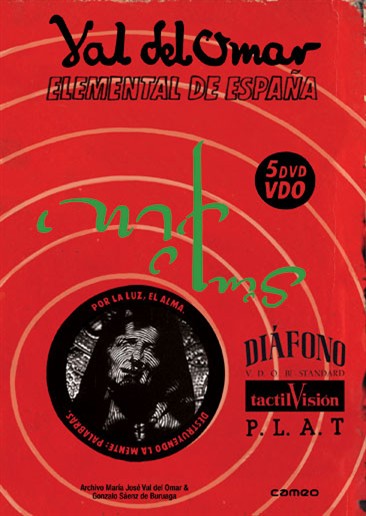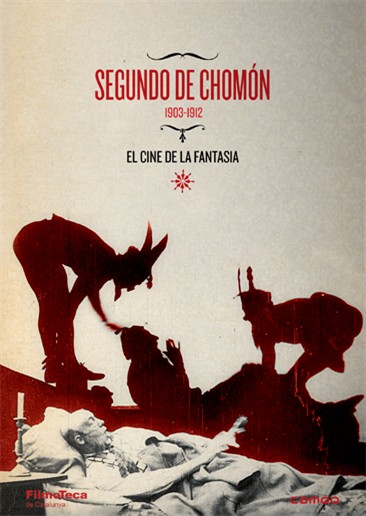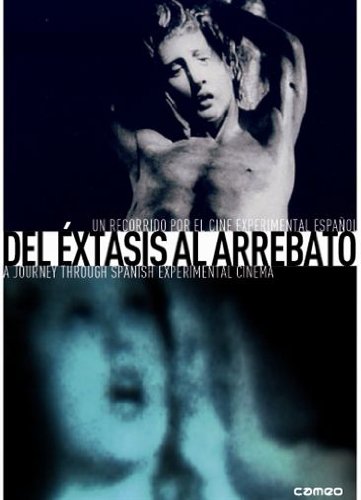Shoot Shoot Shoot: The London Film-Makers’ Co-op – Harvard Film Archive, November 4th
/The Harvard Film Archive will be screening films from the London Film-Makers' Co-op as part of its program "Shoot Shoot Shoot" on Friday November 4th. The title for its program comes from a telegram addressed to Jonas Mekas and the New York Coop, announcing the formation of the London Film-Maker's Cooperative in 1966. GME distributes the DVD title of the same name featuring many of the same filmmakers exhibited in this Harvard program.
From the Harvard Film Archive Website
To celebrate the 50th anniversary of the London Film-Makers’ Co-operative, this screening presents a selection of work by some of innovative film artists who gathered there in its formative years: David Crosswaite, Marilyn Halford, Malcolm Le Grice, Mike Leggett, Annabel Nicolson, William Raban, Lis Rhodes and John Smith.
Inspired by the example set by Jonas Mekas and his colleagues in New York, the London Co-op was founded in 1966. In contrast to similar organizations, the LFMC’s activity was not limited to distribution; within a few years it was running a regular program in its own cinema and, most notably, had a workshop in which filmmakers could control every stage of the creative process.

